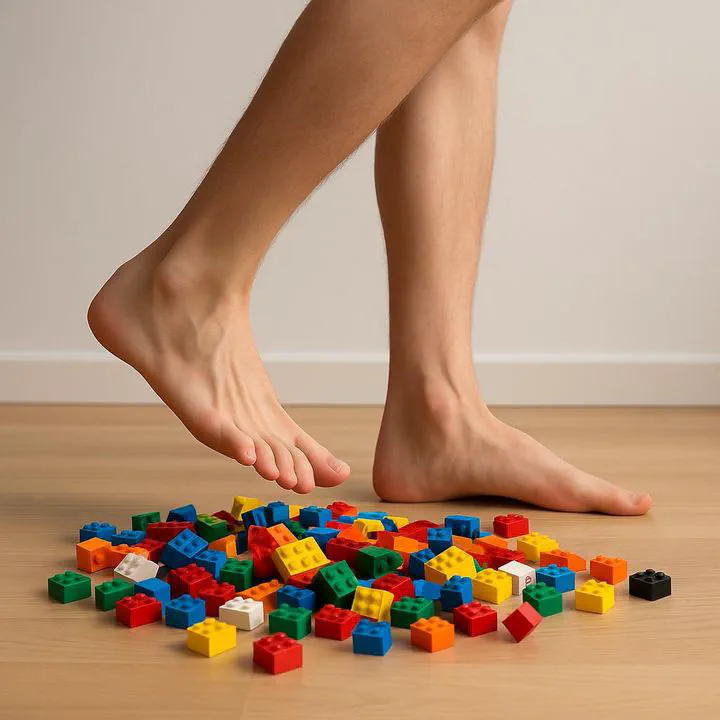From discomfort to danger: Exploring how affective obstacle properties influence avoidance in stepping

Stepping over obstacles requires adjusting the foot trajectory to avoid contact with surfaces that may be hazardous or unpleasant to step on. While it is well established that obstacle height and stability influence stepping behaviour, little is known about how perceptual affective evaluations, such as dangerousness, unpleasantness, and painfulness, modulate avoidance strategies. In Experiment 1 (N = 20), participants stepped over obstacles covered with stones varying in size and density while rating their perceived unpleasantness. Visual uncertainty was manipulated by comparing monocular and binocular viewing. Lead minimum foot clearance (MFC) was initially higher under monocular vision but decreased to binocular levels over trials. While obstacle unpleasantness did not systematically affect MFC or crossing step length, perceived unpleasantness ratings correlated weakly with crossing step length. However, because dangerousness and painfulness ratings were not collected, it remained unclear whether unpleasantness directly influenced avoidance behaviour or served as a proxy for perceived risk. To address this, Experiment 2 (N = 22) introduced obstacles covered with metal stud spikes or smooth surfaces, with additional ratings of dangerousness and painfulness. Results showed that MFC was higher for spiky than smooth obstacles. Crucially, in this experiment, ratings of perceived dangerousness, not unpleasantness, correlated positively with crossing step length, after controlling for other perceptual ratings. These findings suggest that perceptual affective properties modulate avoidance parameters. However, the nature of those modulations is stimulus specific and highly depends on task demands.